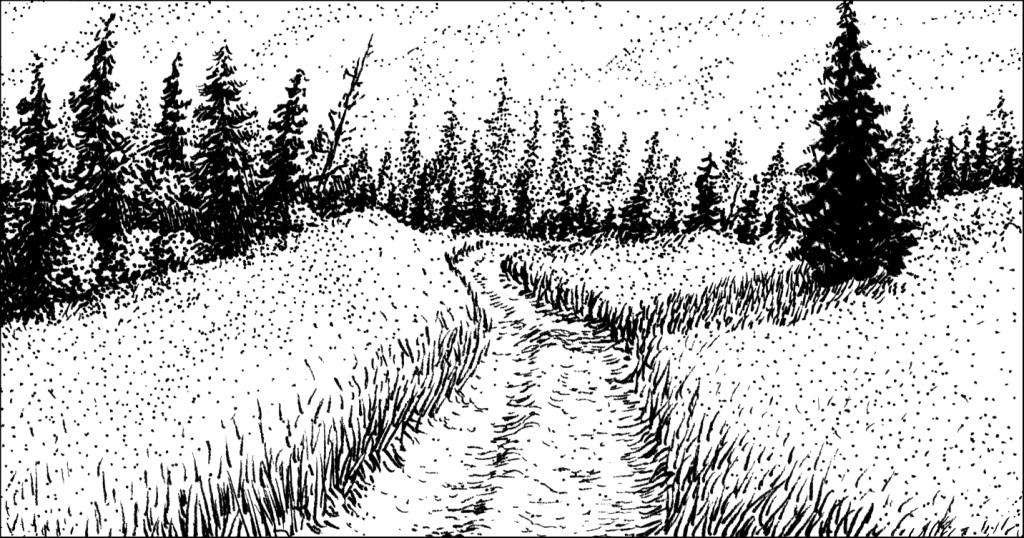A successful campaign is so much more than a series of vaguely related modules strung together. It needs a point, it needs a purpose and the players need a goal.

A successful campaign needs structure. A structure – like a module’s outline – gives the GM a clear roadmap to follow. From it hang the campaign’s various modules and events. (That’s not to say the PCs can’t diverge from the GM’s path – it’s just nice to know where you are hoping to go!) My own Borderland of Adventure campaign is without doubt my longest running, most successful campaign. The main campaign has been running for almost three years. If you include my Kingmaker and Scions of Darkness campaigns (both of which take place in the same area and affect current events) we’ve been going for almost five years! The campaign has been successful because I plan ahead.
A campaign should have the following elements:
- Campaign Arc: The campaign arc is the single overarching storyline that binds the campaign together. It in turn comprises several story arcs.
- Story Arcs: I have each game year (give or take) comprise a story arc roughly equivalent to a TV show’s season. Each season has a particular threat or villain to overcome and many of the adventures are thematically linked. Story arcs are not standalone affairs. The various plots and subplots of the campaign may not end at the end of the year, but instead propel the party into the next story arc. Realistically, a story arc can cover any length of time – a month, a year or a decade; their exact duration is at the GM’s convenience.
- Standalone Adventures: Not all adventures build toward the story or campaign arc. Some were just interesting, diversionary side trek-type events. Others existed to provide XP, access to certain items or contacts or just serve to set the scene or change the style and pace of the party’s exploits.
- Arc Adventure: Arc adventures contribute toward the campaign arc. Some of these adventures might not be obviously linked to the campaign arc – I like to reward attentive play.
Plotting
Plotting a new campaign can seem overwhelming at first. A GM has to think about:
- Campaign Arc: Obviously, when I plot out a campaign I decide on the overall campaign arc.
- Story Arcs: I work a couple of arcs ahead on the story arcs. So I know in good detail what I want to achieve in the current arc and I have a general outline for the year after. Given the PCs can affect almost anything working any further ahead is utterly pointless.
- Standalone Adventures: I maintain a couple of these at any time and can drop them in as and when I need to. That’s not to say I can run one tomorrow, but I have several appropriate modules picked out and I’ve given them a read through.
- Story Arc Adventures: I know in advance what the next story arc adventure is going to be.
- Character Adventures: Once I’ve got backgrounds for the players’ PCs, I can also work in the occasional adventure specifically designed for a certain PC (or add personal elements to other adventures).
- Random Encounters: Having a small supply of ready to go random encounters is terrifically useful. If the PCs are moving too slowly or too fast I can drop one or two of these in their path. Having the stats and NPC personas already done enables me to focus on adding relevance to the encounter so it doesn’t feel like a random fight. Such random encounters can lead the party into complete different directions, making the campaign more fluid and dynamic. (For example, a random encounter with the survivors of a bandit attack, led the PCs to the Shadowed Keep on the Borderlands (sessions 12-17).
Help Fellow GMs!
How do you approach planning your campaign. Do you do it differently? Did I miss something? If so, why not leave a comment below and help your fellow GMs run better campaigns!
Excellent blog post today, Creighton. I’ve been playing & DMing for years with the same bunch of friends and we have come to the same conclusions – the players want structure around their campaign. Your post breaks that structure down into it’s essential elements quite well. The only touch I might add it that overlapping a character adventure as a key element inside a story arc seems to really liven up players at my table.
Please keep up the great posts!
Thanks very much for the kind words!
You are absolutely correct.Investing the PCs in the storyline is a sure-fire way to get keep them on track and motivated.